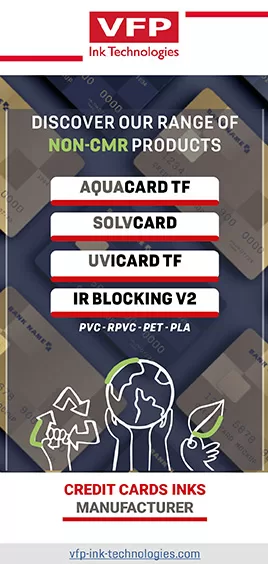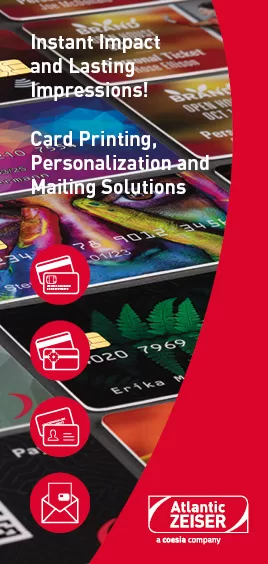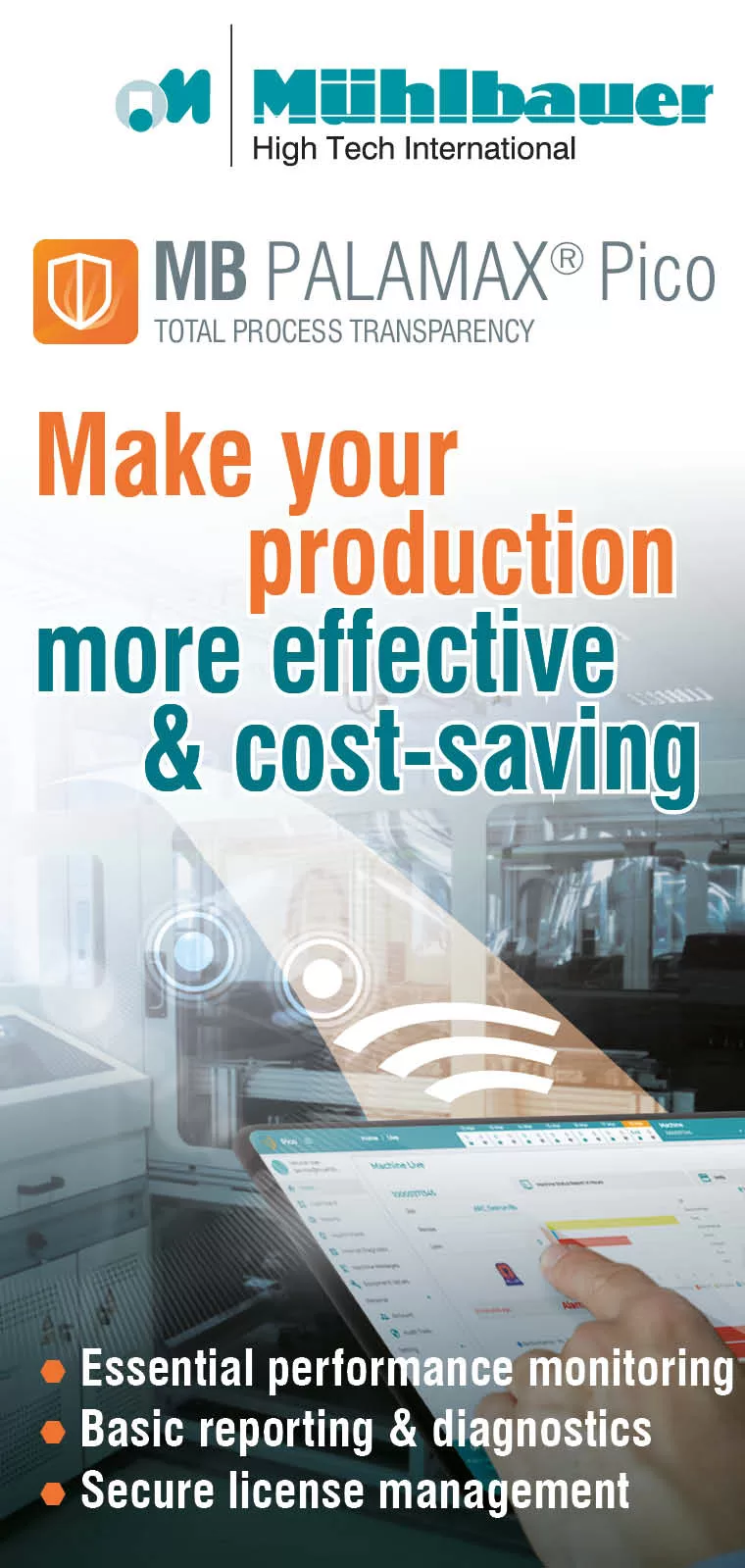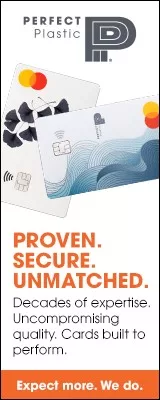
by Jennifer Kohlhepp | CM Magazine Featured
Four Advantages of an Open EMV Card Personalization Platform
By Jennifer Kohlhepp, Managing Editor, ICMA

Payment cards have evolved into indispensable tools for secure transactions in today’s digital era. With the global demand for payment cards steadily increasing, it’s imperative to establish an efficient and adaptable card personalization process.
An open EMV card personalization platform, independent of hardware and welcoming all card personalization machine brands and chip vendors, plays a crucial role in ensuring smooth operations and reducing potential disruptions.
Einars Leps, X Infotech sales director and member of the International Card Manufacturers Association (ICMA), sheds light on how an open EMV card personalization platform caters to the specific needs of card issuers and personalization bureaus while leveraging its advantages.
Catering to Specific Needs
An open EMV card personalization platform facilitates the customization of EMV chip cards while upholding security and compliance with industry standards. This is essential for ensuring the security and authenticity of payment transactions made with these cards.
Through this platform, card issuers and personalization bureaus can tailor EMV chip cards to suit their individual requirements. In addition to imprinting personalized details such as account numbers and cardholder names, this process involves embedding cardholder data, cryptographic keys and other pertinent information onto the chip.
Unveiling Potential Advantages
An EMV card personalization platform offers significant benefits to organizations, including:
- Enhanced Flexibility and Interoperability: An open EMV card personalization platform, exemplified by the X Infotech card personalization solution, empowers businesses to select from a diverse array of card personalization machine brands and chip vendors. This flexibility allows organizations to choose the most suitable equipment and chip technology that aligns with their specific needs. With interoperability as a cornerstone, an X Infotech platform ensures seamless integration and communication among different hardware and software components, thereby overcoming the challenges associated with proprietary systems.
- Future Proofing and Innovation: By embracing an open platform, organizations can future-proof their operations against technological advancements and market fluctuations. As the payments landscape evolves, new chip technologies and personalization methods emerge. An open platform enables businesses to easily adapt to these changes without being tied to a single system. It fosters an environment conducive to innovation, encouraging collaboration among various vendors, chip manufacturers, and technology providers to develop cutting-edge solutions that meet the demands of a dynamic market.
- Mitigating Disruptions Amid Global Chip Shortages: The recent global chip shortages have posed significant challenges to the card production industry. Scarce chip availability has resulted in delays, cost escalation, and even production halts. An open EMV card personalization platform can alleviate these disruptions by offering a diverse range of chip vendors. This flexibility enables organizations to select the most suitable hardware and chip technologies to meet their unique needs.
- Cost Optimization and Competitive Advantage: An open platform fosters healthy competition among card personalization machine brands and chip vendors. With multiple options available, organizations have the opportunity to negotiate favorable pricing and terms. This competitive environment incentivizes vendors to enhance their offerings, driving innovation and ultimately leading to cost optimization. Organizations can leverage this advantage to streamline card production, reduce expenses, and gain a competitive edge in the market.
In conclusion, as digital technologies trend toward openness—encompassing open AI for citizens, open APIs for businesses and open data and source for the general public—organizations can unlock the true potential of their card personalization processes by embracing openness, collaboration and innovation. This not only contributes to a more dynamic and resilient industry but also paves the way for sustainable growth and progress.




